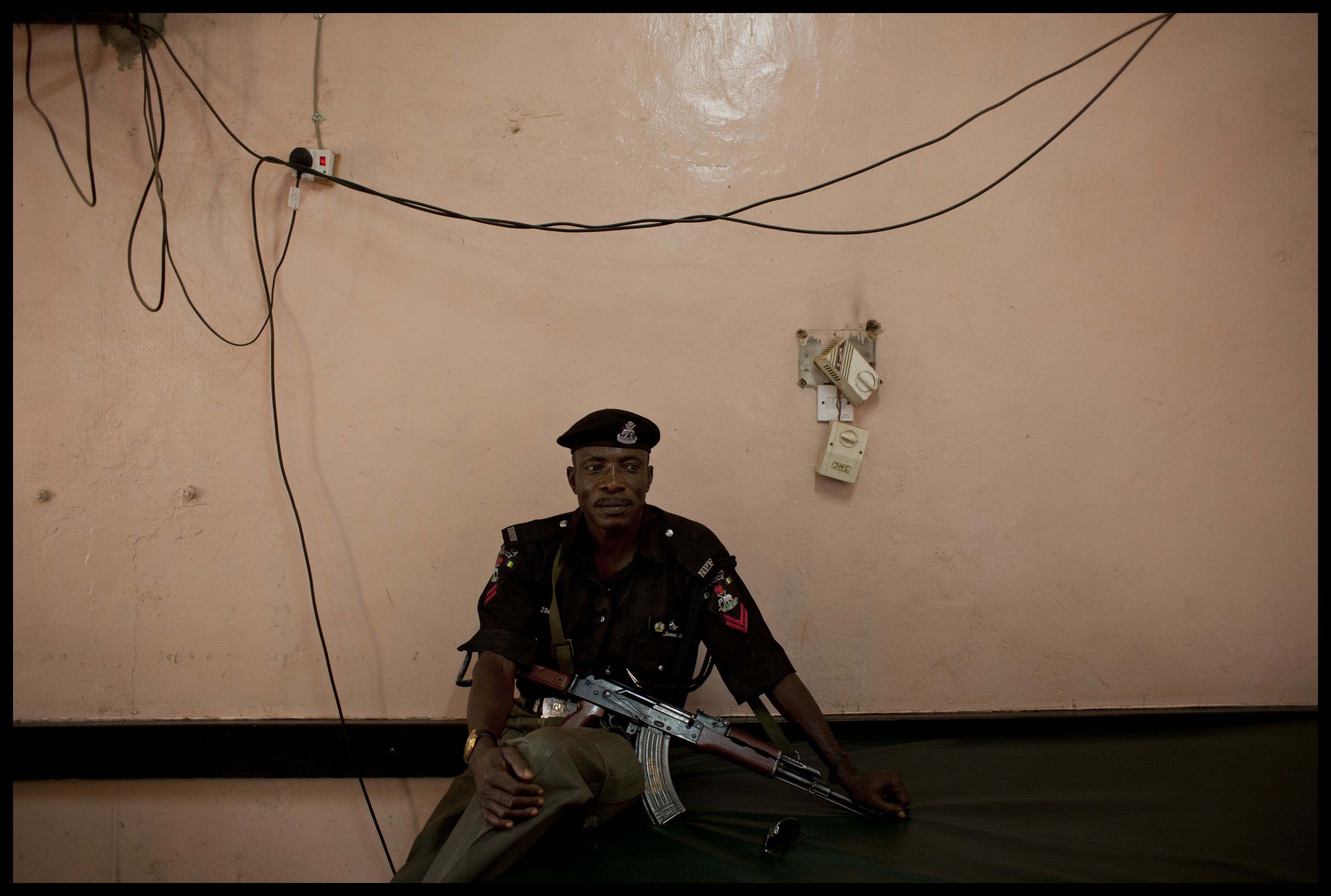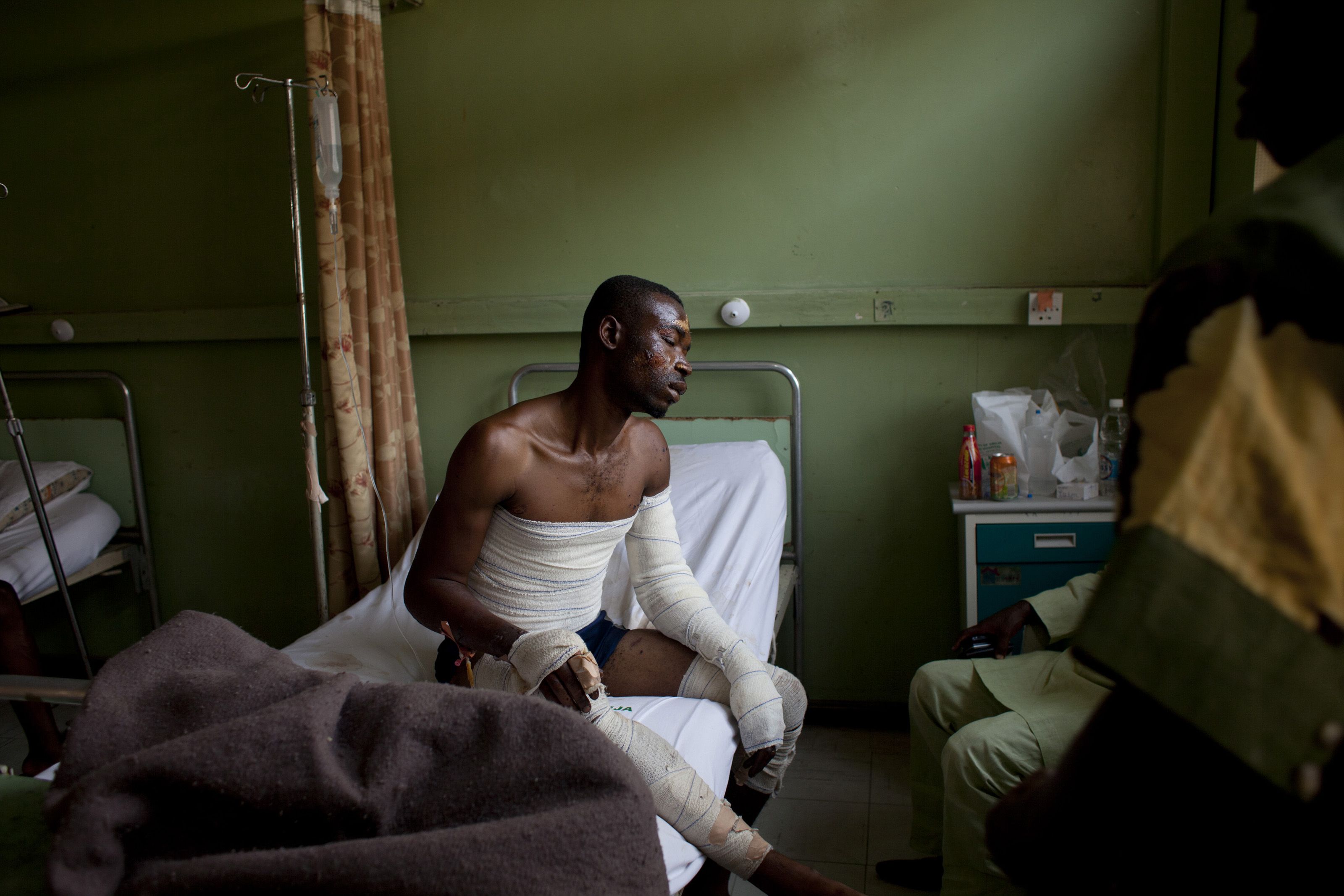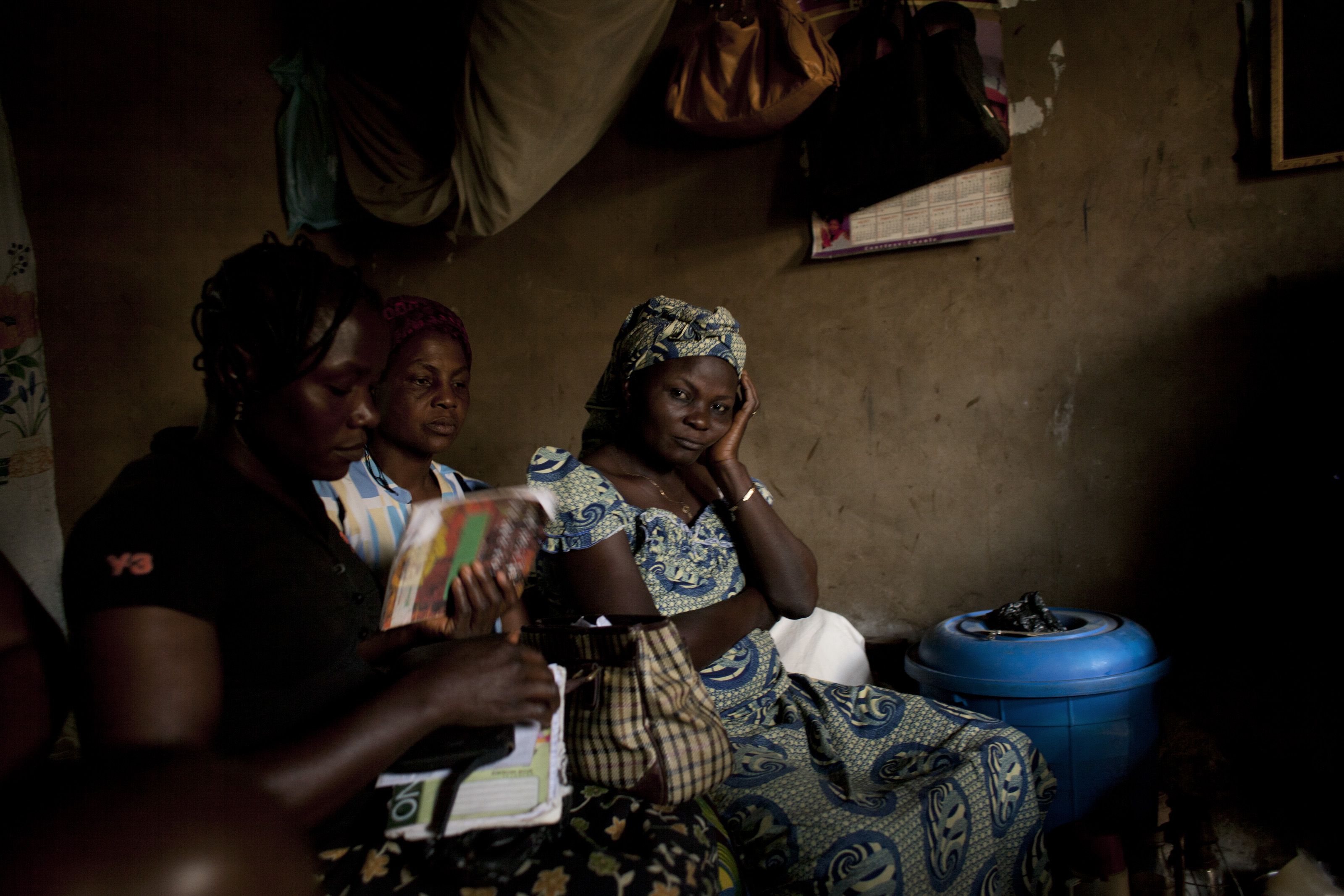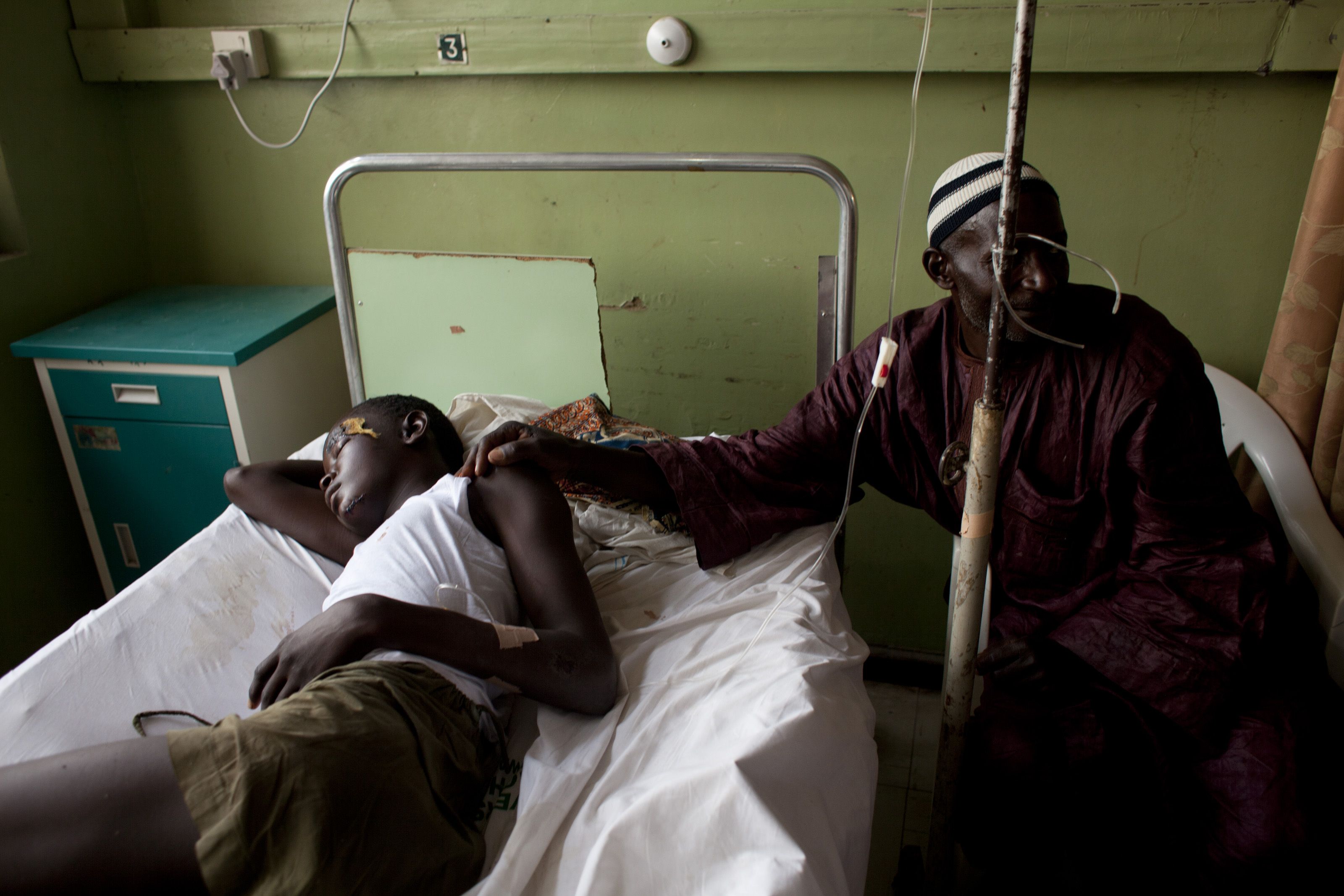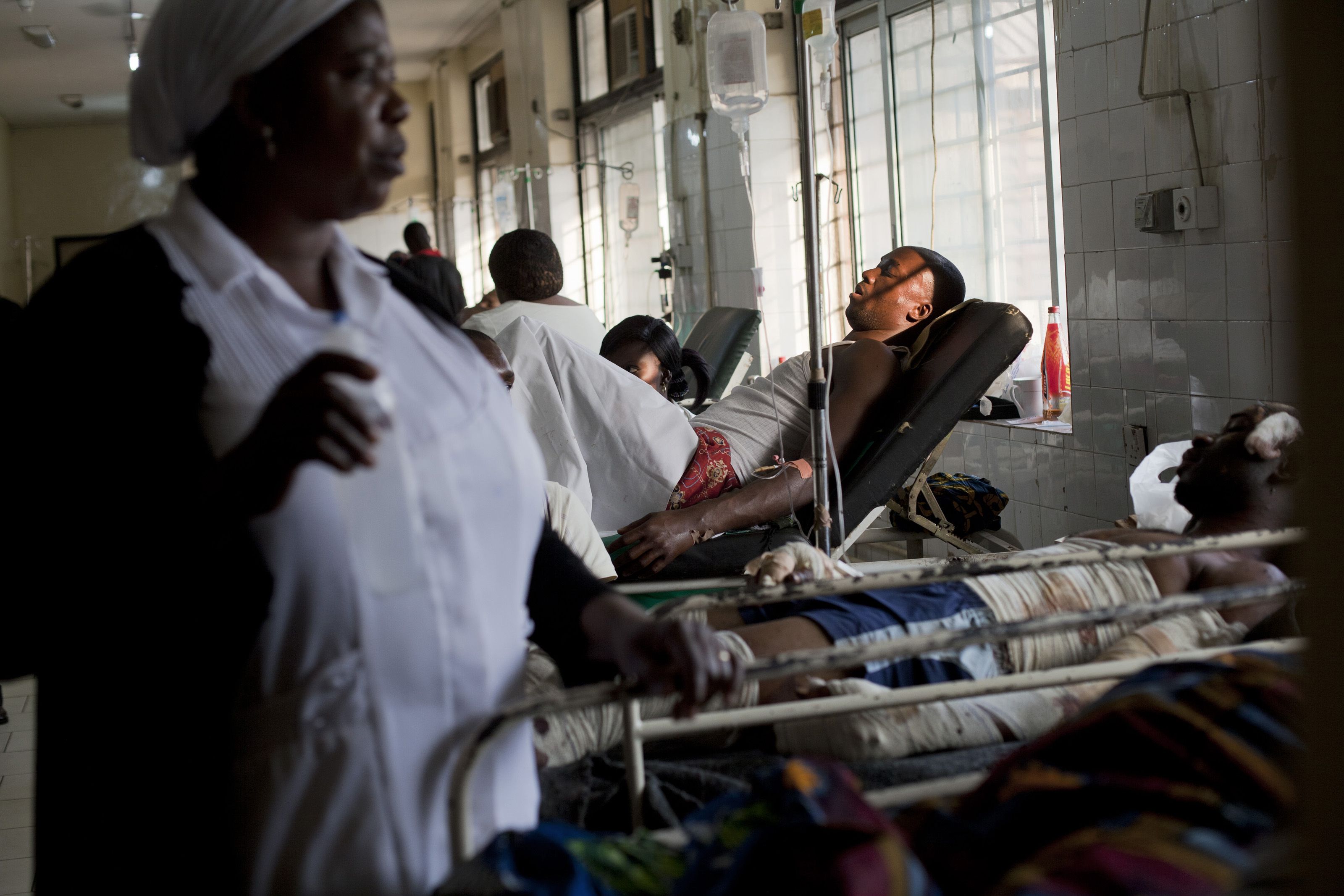A series of Christmas church bombings coordinated by the Islamist militant group Boko Haram in 2011 was evidence of Nigeria's worsening sectarian crisis. The divisions between the Muslim north and the Christian south almost destroyed the country—Africa's most populous and mind-bogglingly diverse country has been trying to appease such religious fissures for years. The effort, however, has been undermined by deprivation, corruption and increasing marginalization that, in effect, lend more support to Boko Haram's rejection of secular authority. In 2011, prior to the national elections that would result in a victory for the Christian president Goodluck Jonathan, Boko Haram attacked party offices and assassinated office seekers. The election results angered many Nigerians in the north who supported the presidential challenger General Muhammadu Buhari, causing widespread post-election violence that killed at least 200, injured thousands, and displaced more than 40,000 people.


